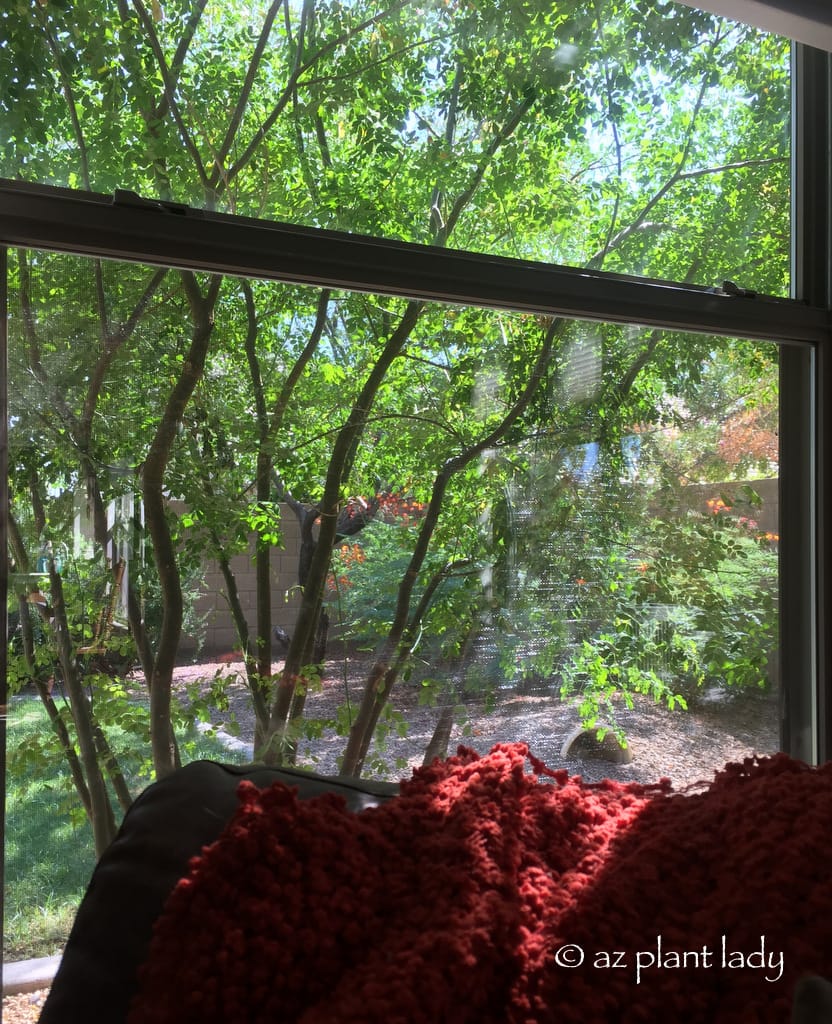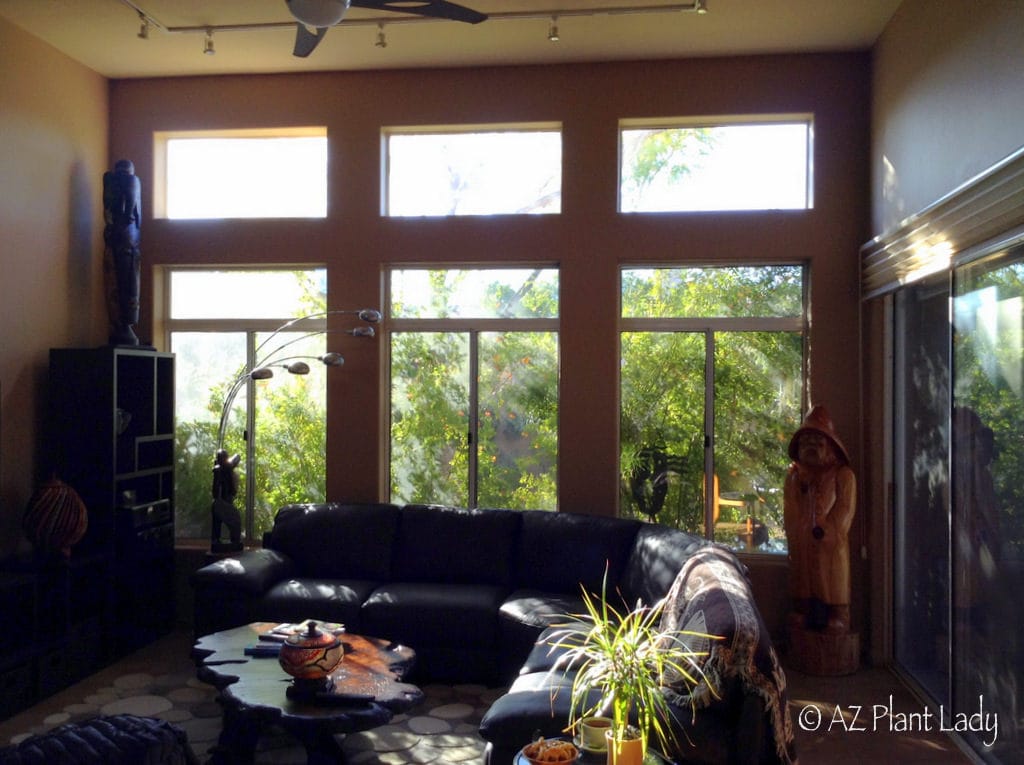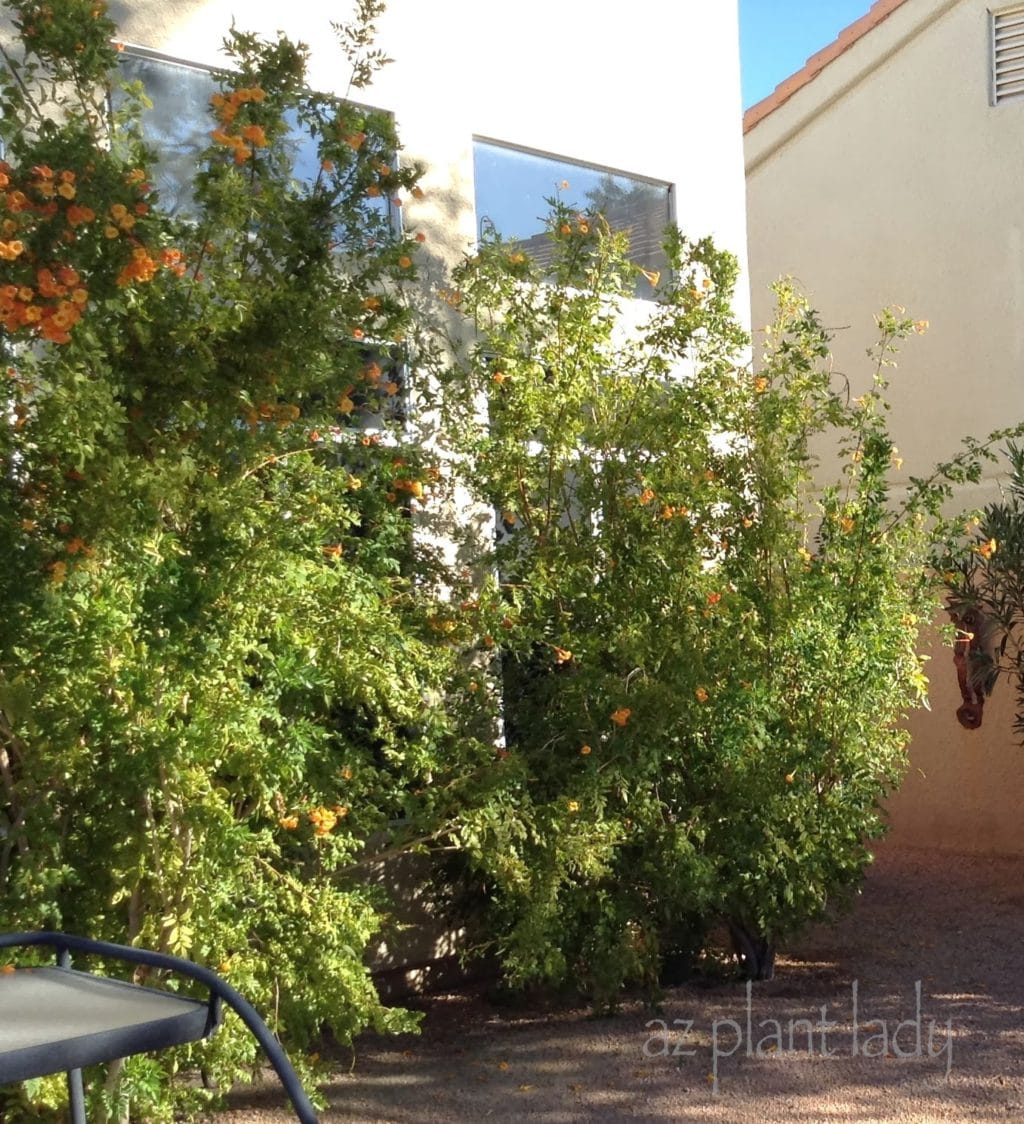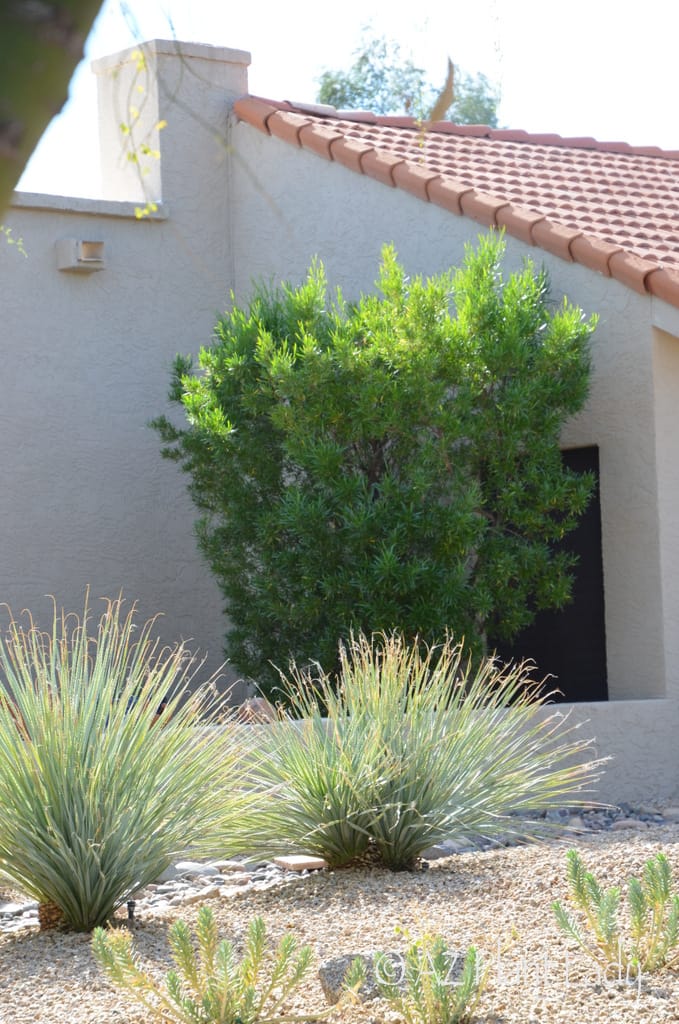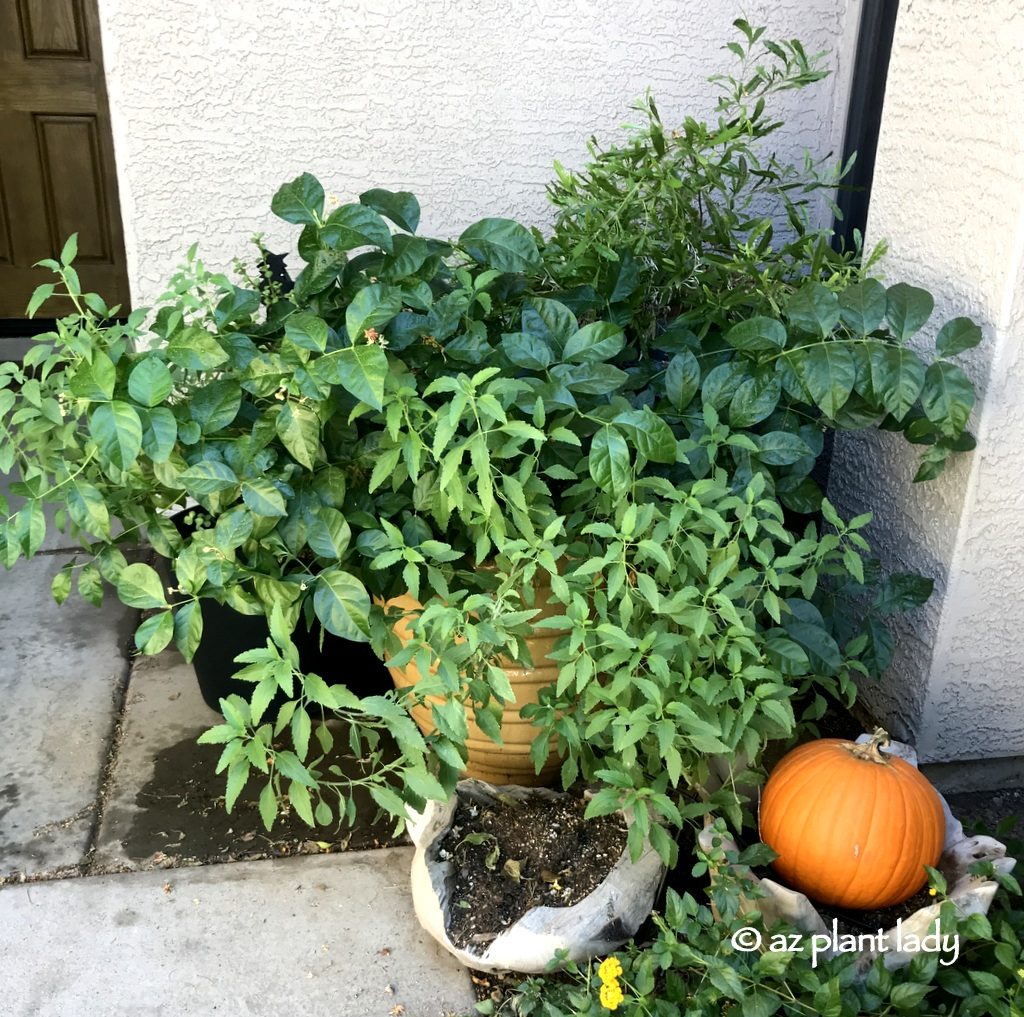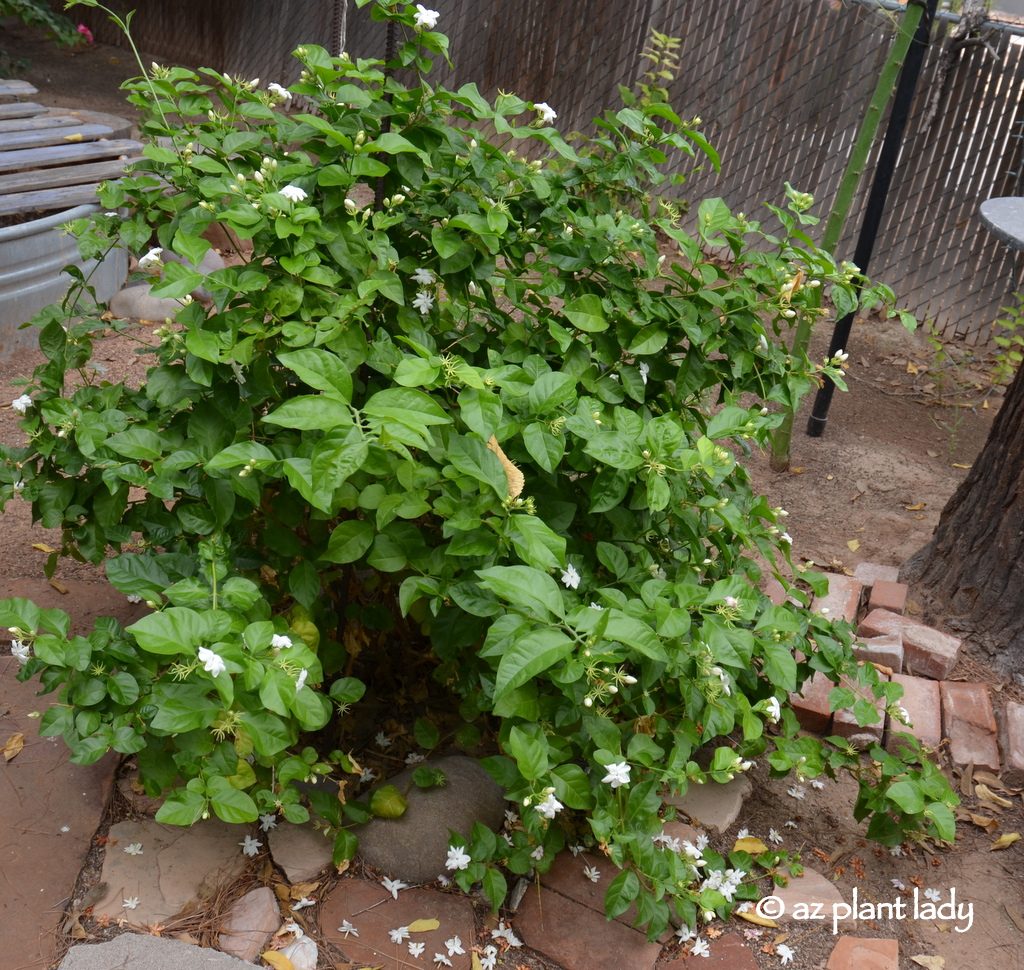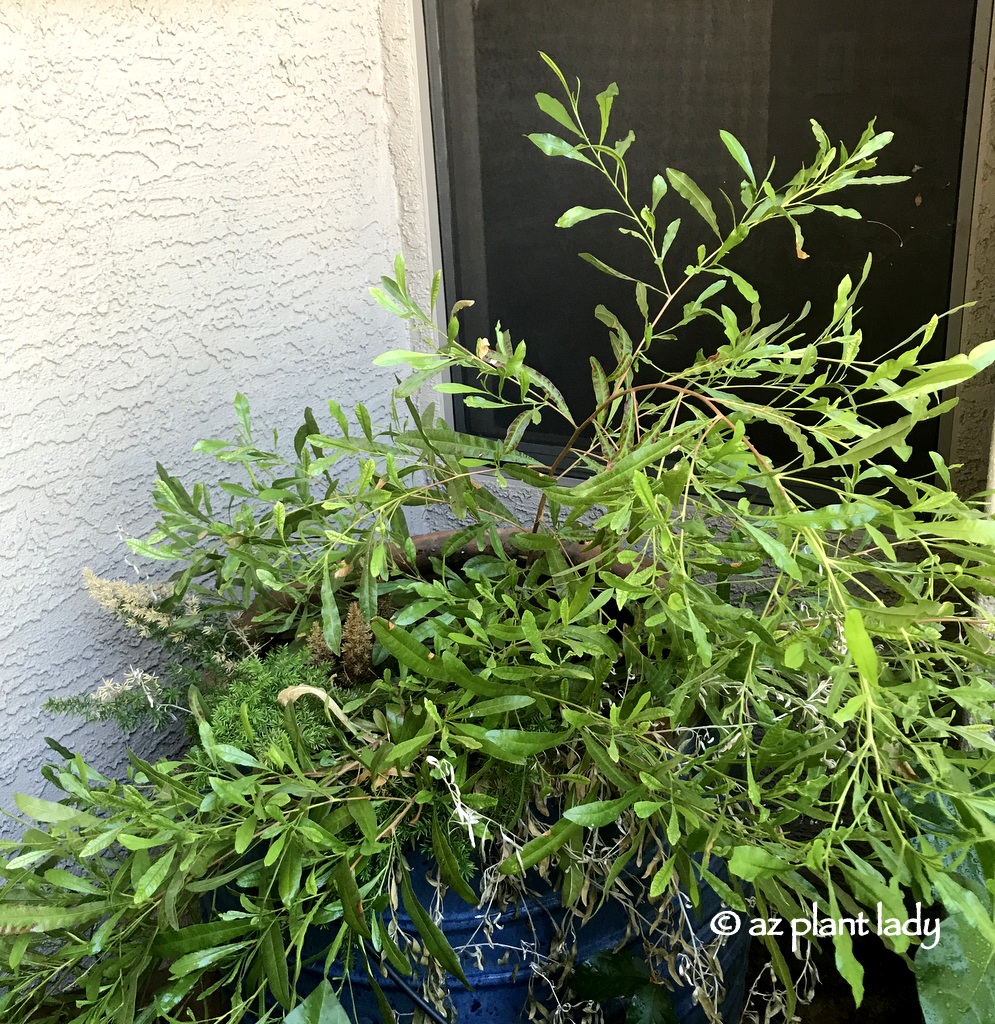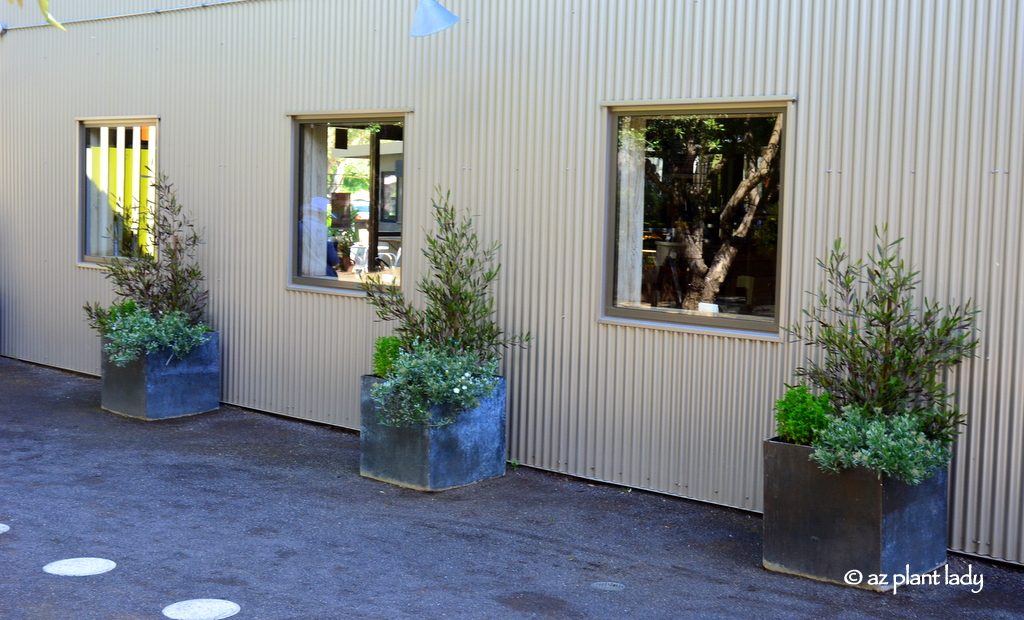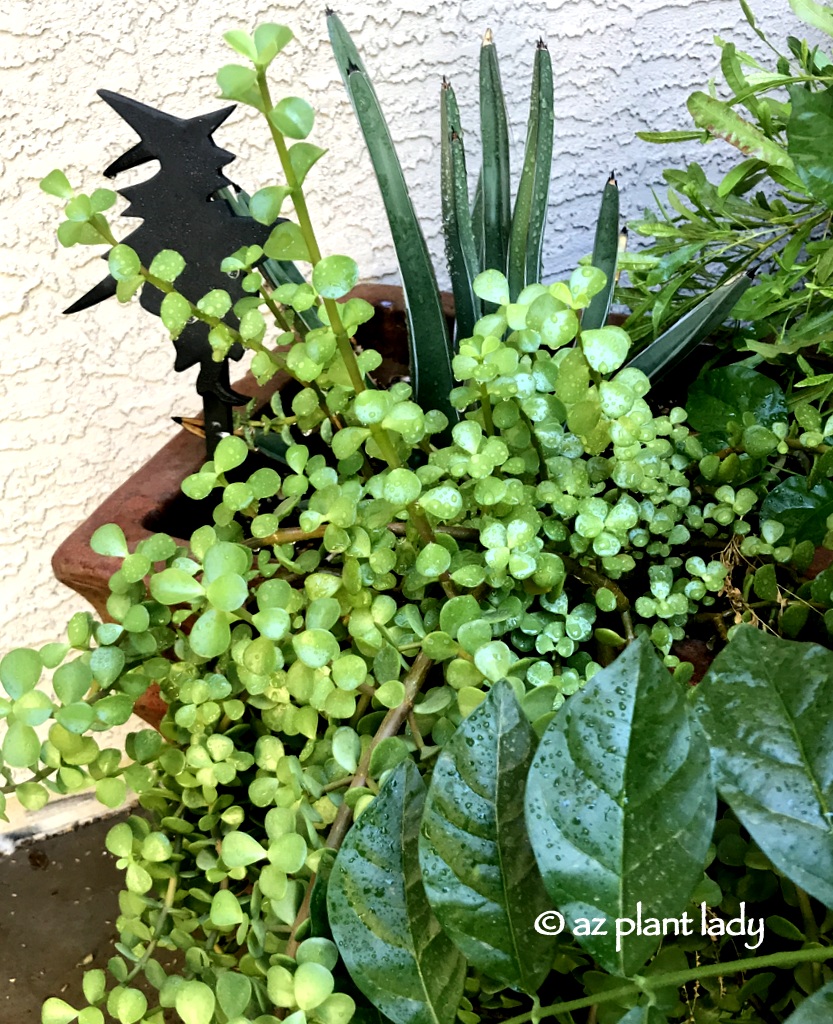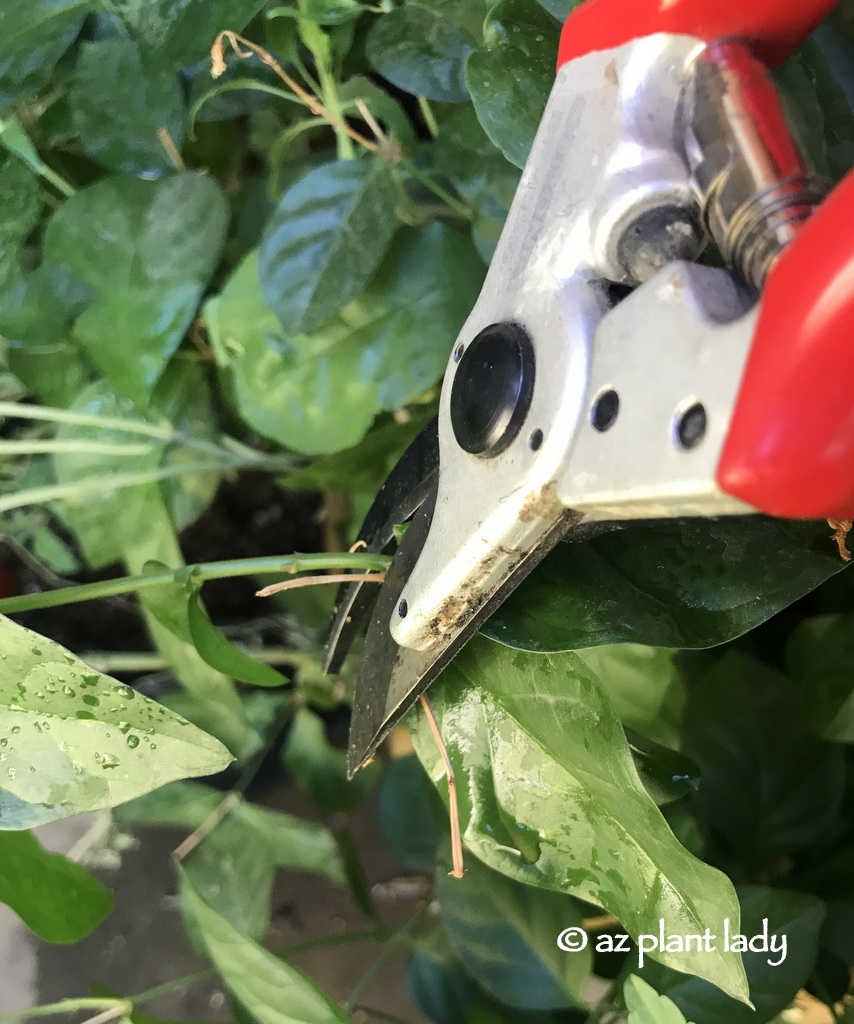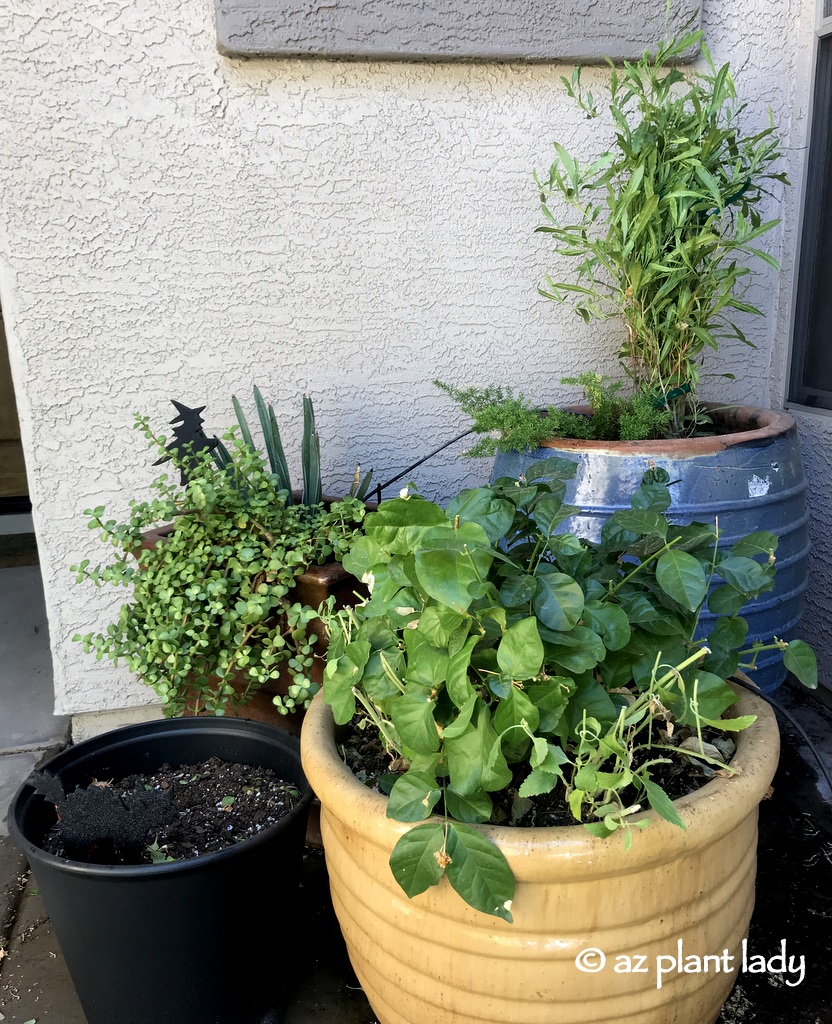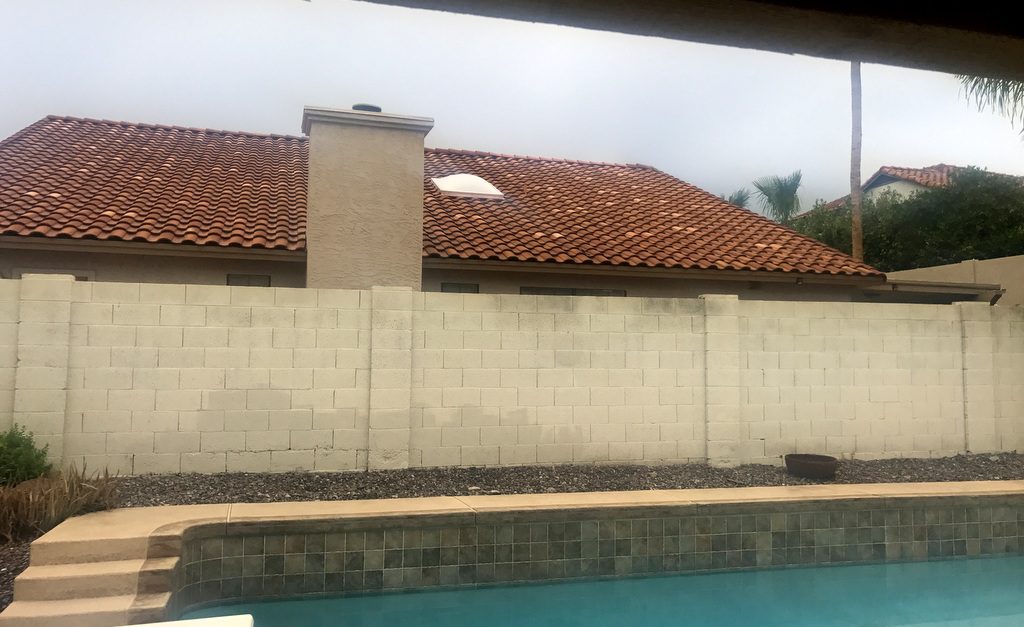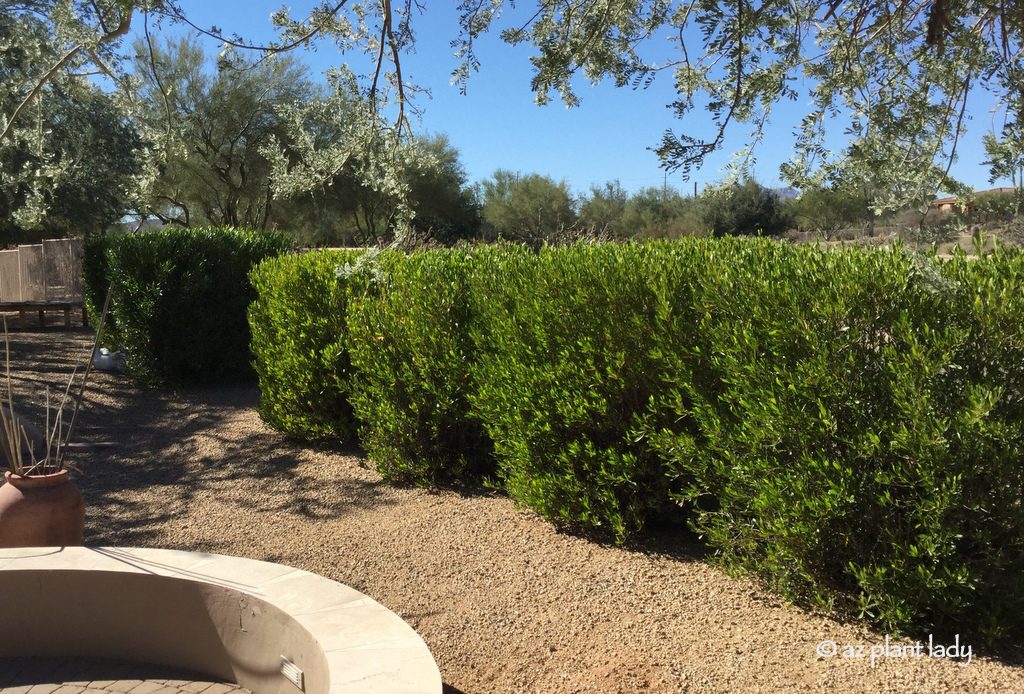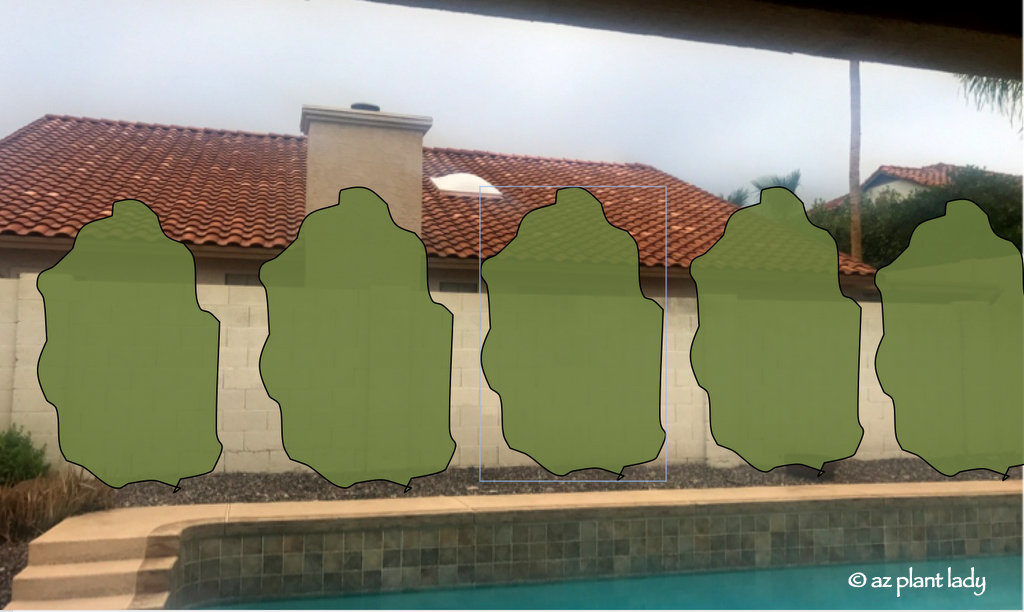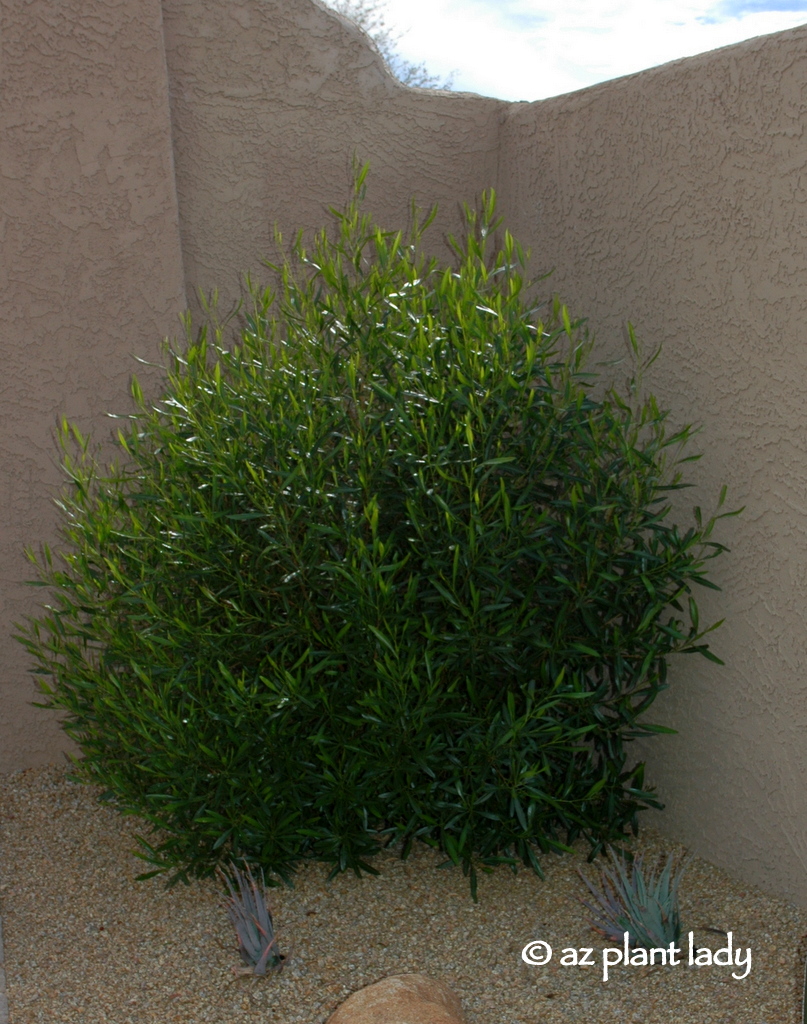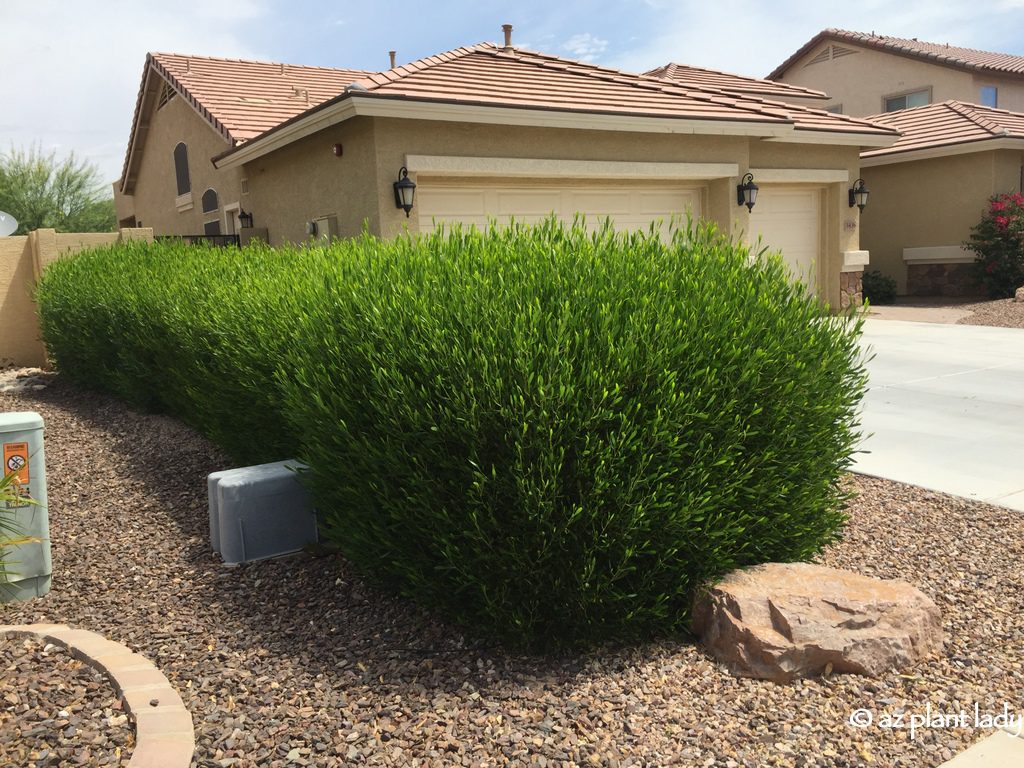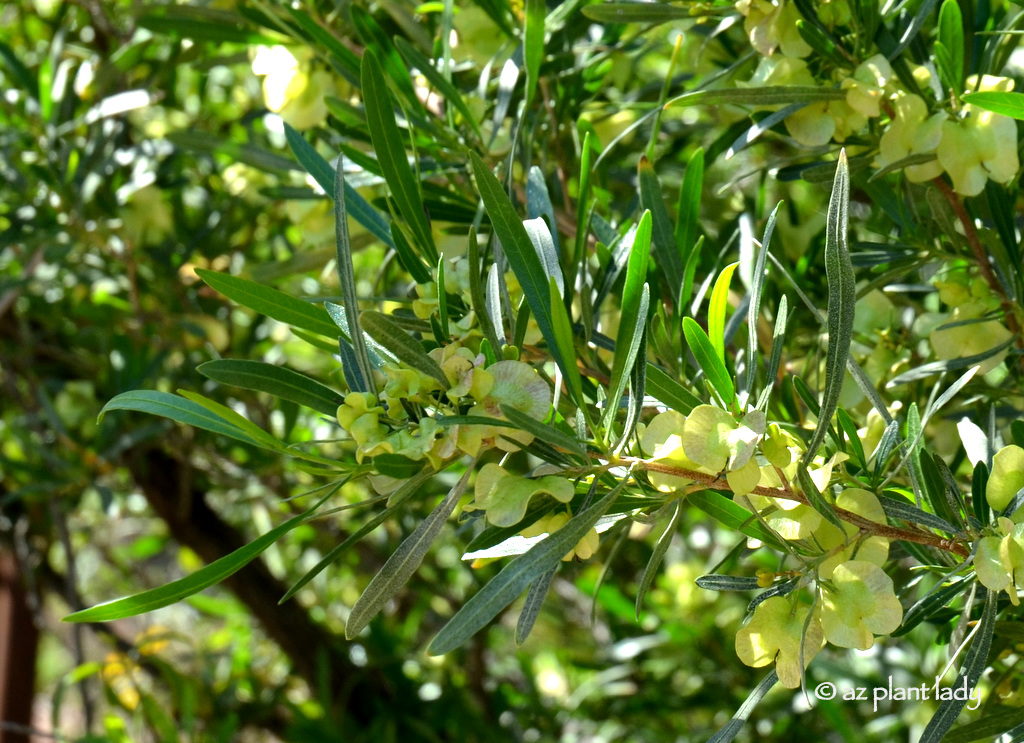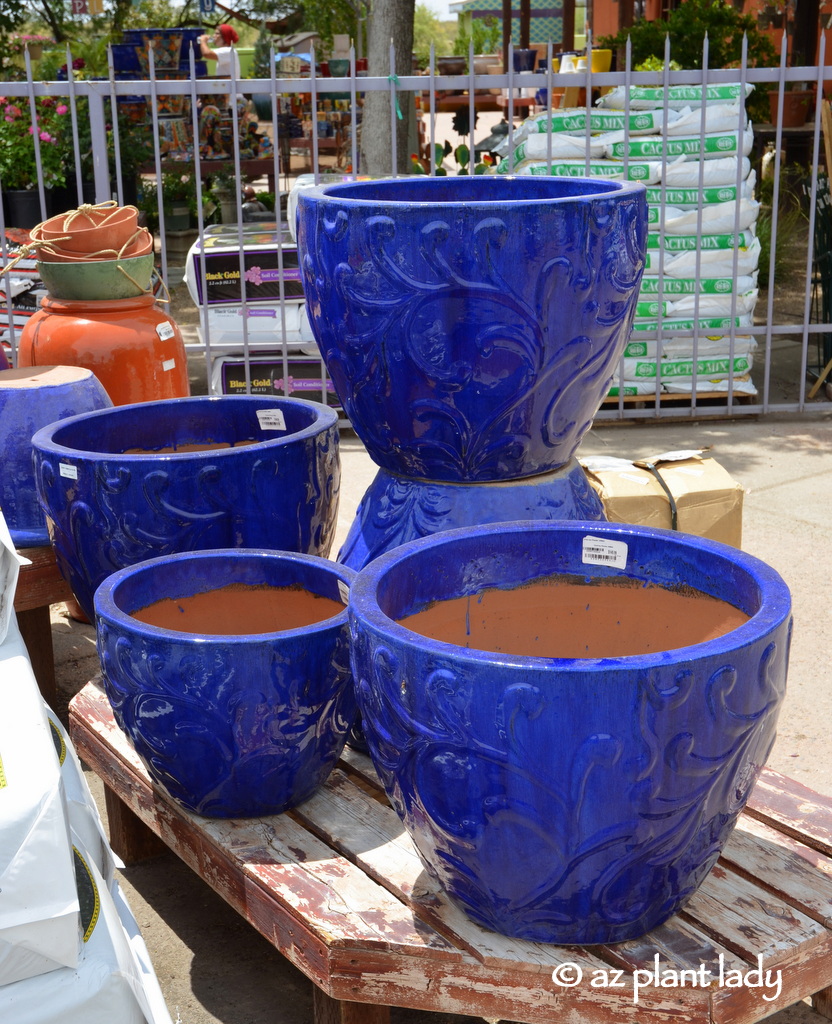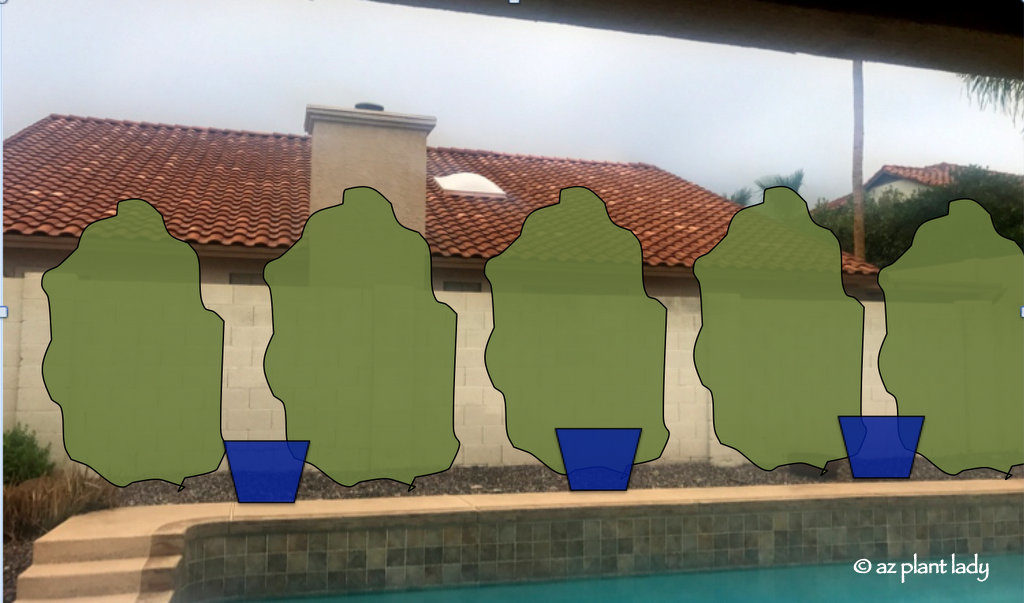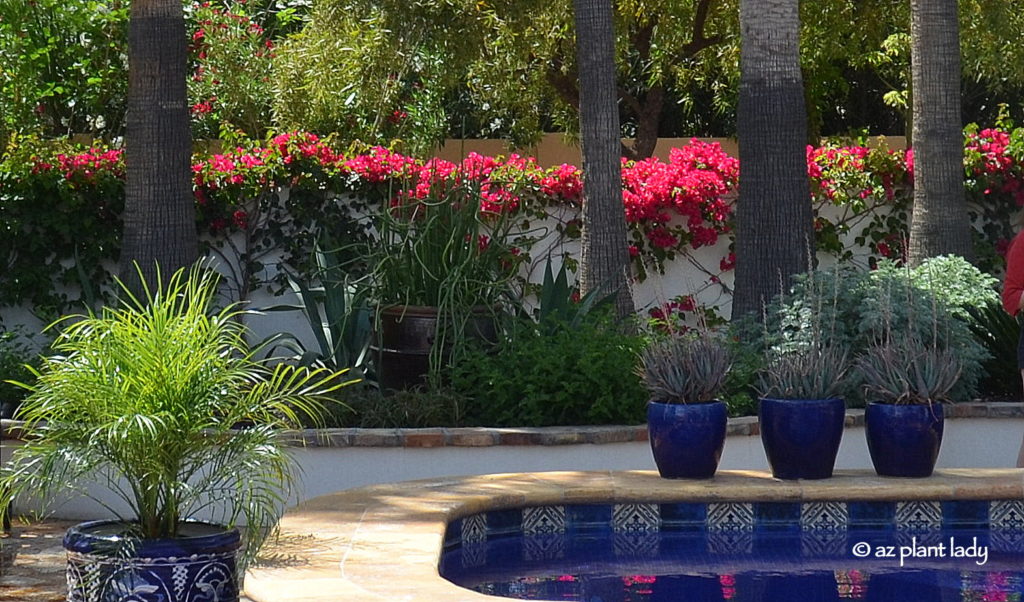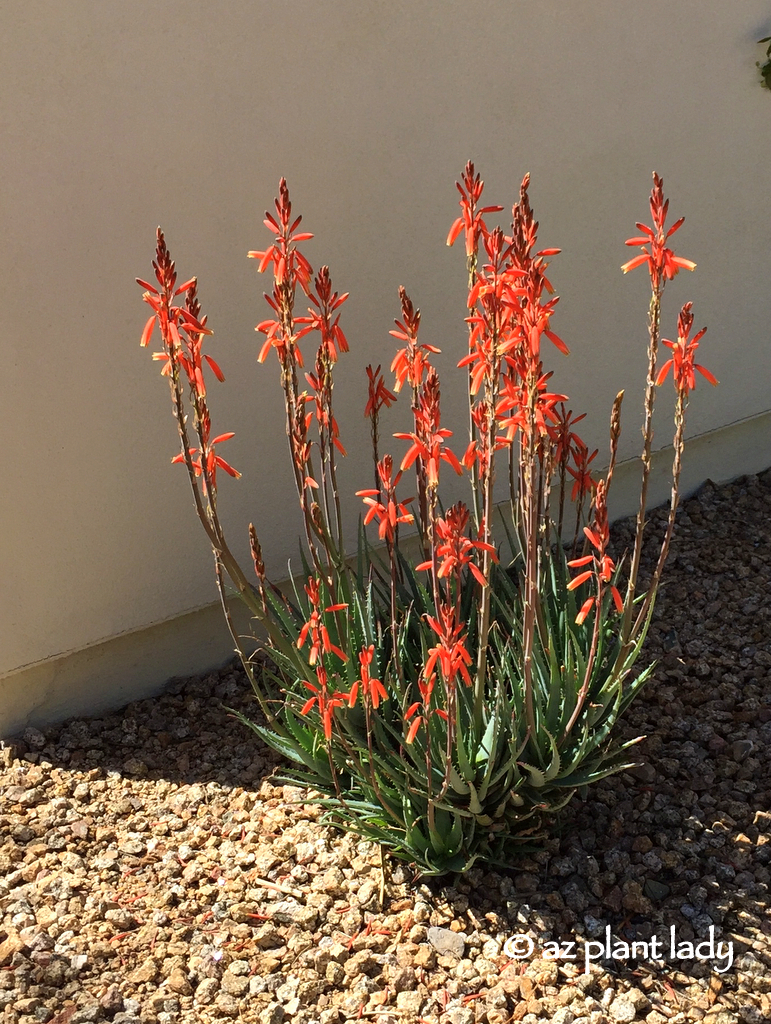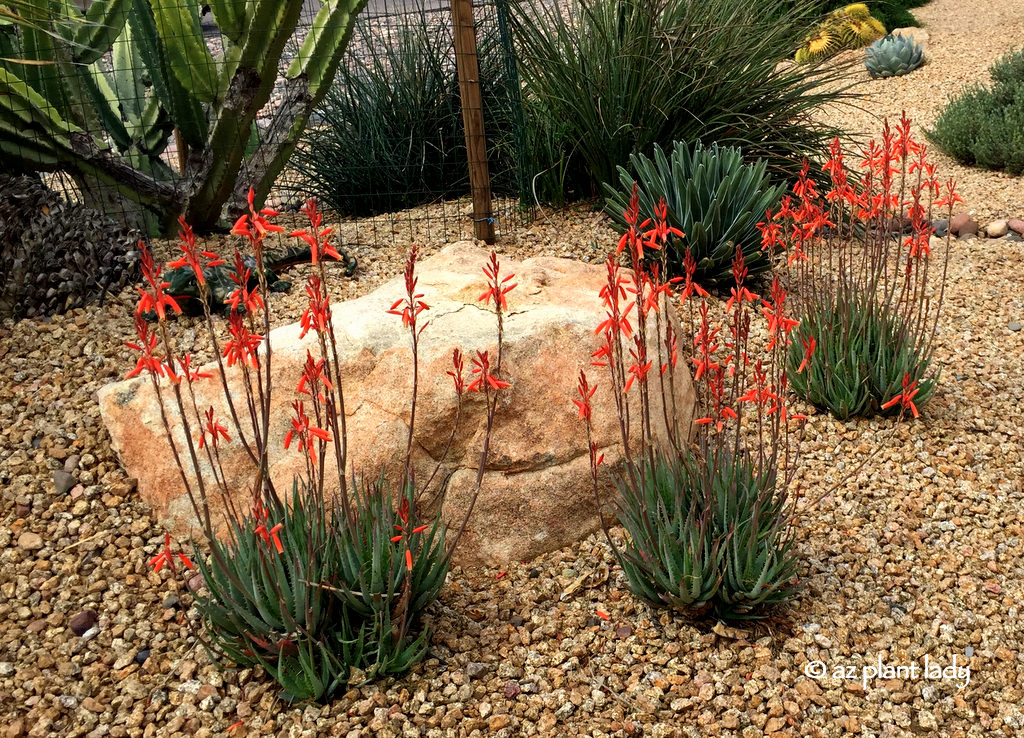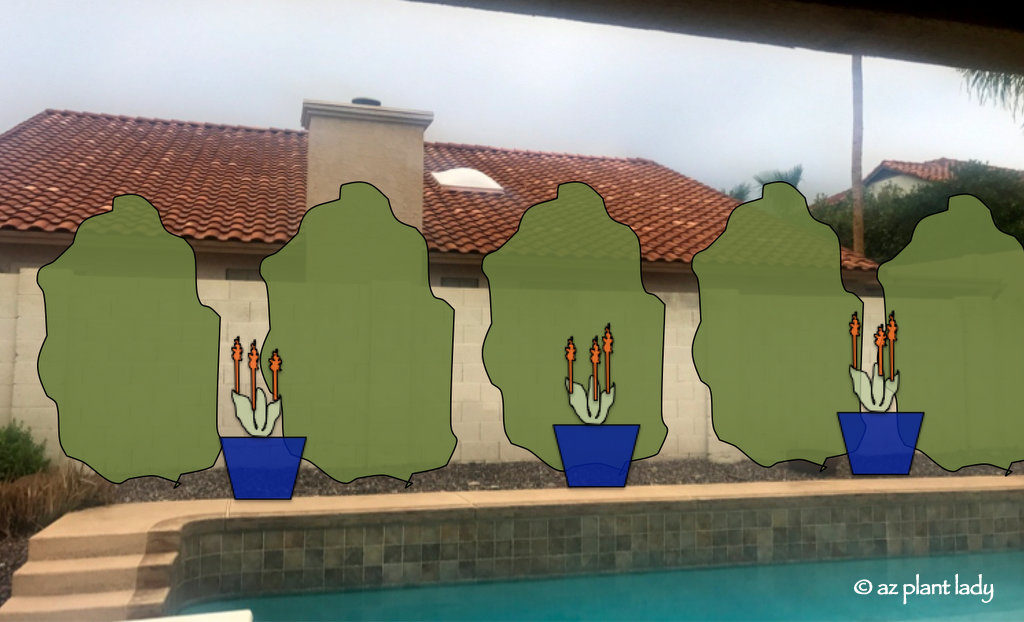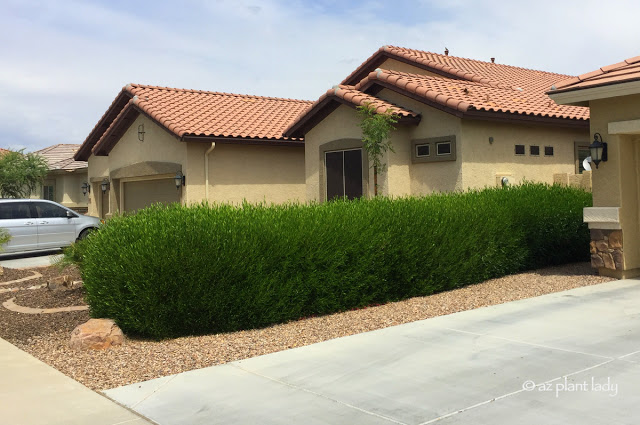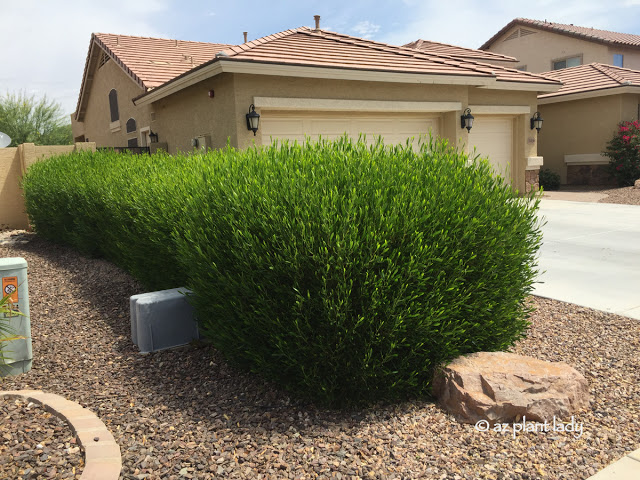No matter where you live, you will see the same shrubs being used over and over again in countless landscapes. While the shrubs may be attractive, their overuse throughout neighborhoods creates a boring appearance because they are so common.
The Allure and Overuse of Oleanders
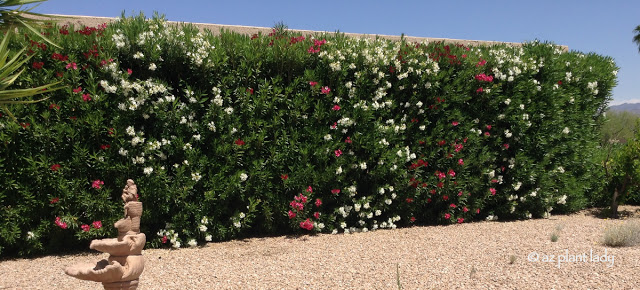
In California, Nevada, and Arizona, oleanders have held a prominent spot in the landscape for years. Their popularity is due to their lush evergreen foliage, ability to withstand intense heat, and their pretty flowers.
However, their overuse in many areas makes their beauty less impactful and frankly, almost forgettable.
The Power of Unpredictability
At a recent conference, this point was put quite succinctly by the head of horticulture for Disneyland who said,
“When things are expected (in the landscape), they become less powerful and impactful”.
His statement sums up what happens when we use the same plants over and over.
Oleanders’ Ailment: Oleander Leaf Scorch
In the case of oleanders, there is another problem.
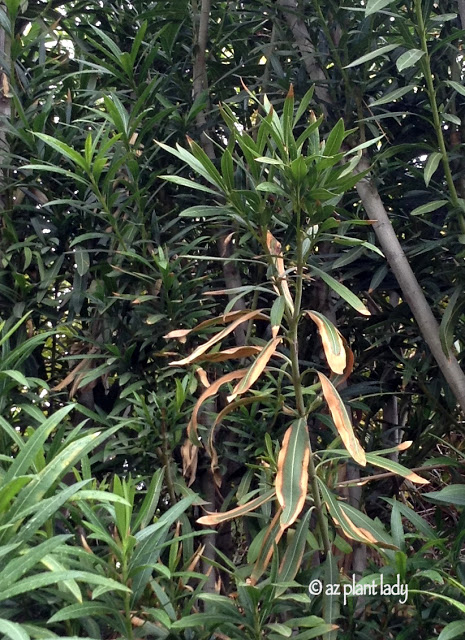
Oleanders are susceptible to a fatal disease called, oleander leaf scorch. This disease has come from California into Arizona where it is popping up in neighborhoods in Phoenix and also Lake Havasu. I have consulted with several cases affecting large, mature oleanders in Arcadia, Biltmore, and Moon Valley areas in Phoenix.
This bacterial disease is spread by leaf-hopper insects and there is currently no known cure or control available. Infected oleanders slowly decline over 2-3 years before dying. To date, dwarf oleanders have not shown signs of the disease, only the larger forms. But, that could change sometime in the future.
Seeking a Shrub Alternative: Introducing Hop Bush
Objectively, there’s a lot to like about oleanders; they thrive in hot, dry climates with minimal fuss, have attractive dark green foliage, and add color to the landscape when in flower. However, their overuse in the landscape makes them less impactful and coupled with their susceptibility to oleander leaf scorch, people want an alternative.
You can learn more about this disease that affects oleanders here.
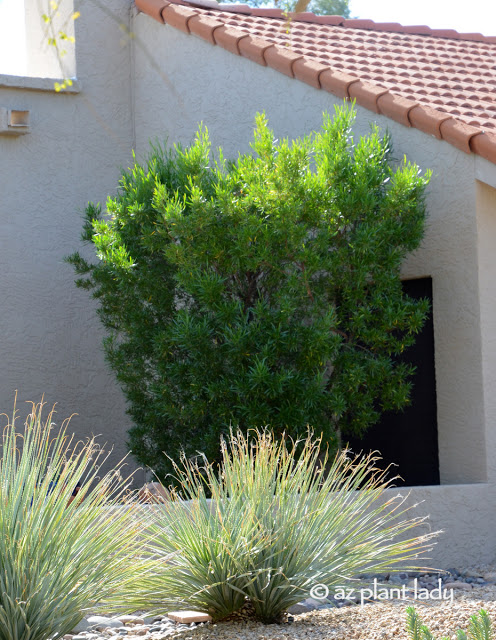
When asked for another option for the large, tall forms of oleanders, I recommend Hop Bush (Dodonaea viscosa), also known as Hopseed Bush.
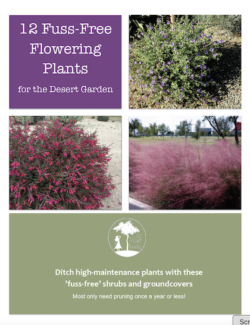
Hop Bush is a Versatile Landscaping Solution
This native desert shrub has attractive, evergreen foliage and a similar growth habit to oleander. They grow up to 12 feet tall or prune to a shorter height.
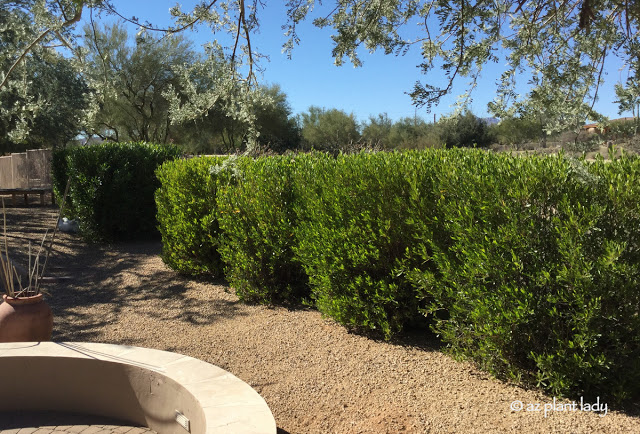
Use Hop Bush in the same ways as oleanders to provide a nice green hedge or privacy screen.
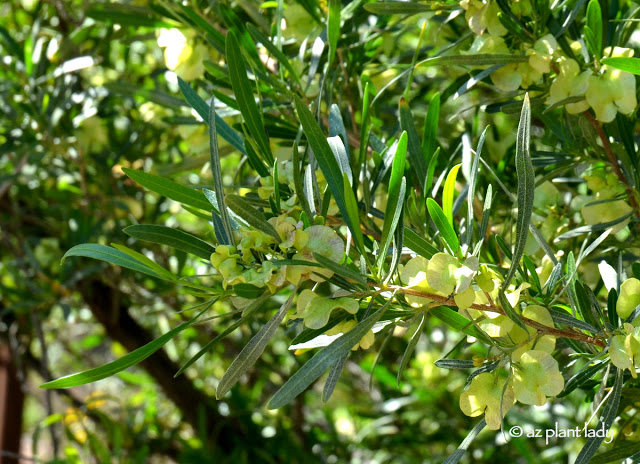
Hop bush flower
Hop Bush has Elegance in Foliage
While they don’t have colorful flowers; they have lovely foliage that is only mildly poisonous as opposed to oleanders which are highly toxic. Hop bush has a lovely natural shape or prune as a formal hedge.
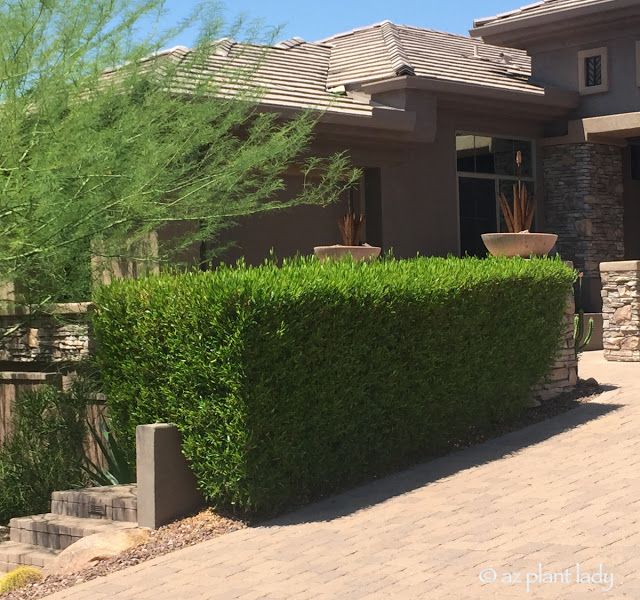
Share Your Experience
Have you ever seen hop bush growing in the landscape? Your insights and experiences are invaluable – feel free to share them in the comments below.


